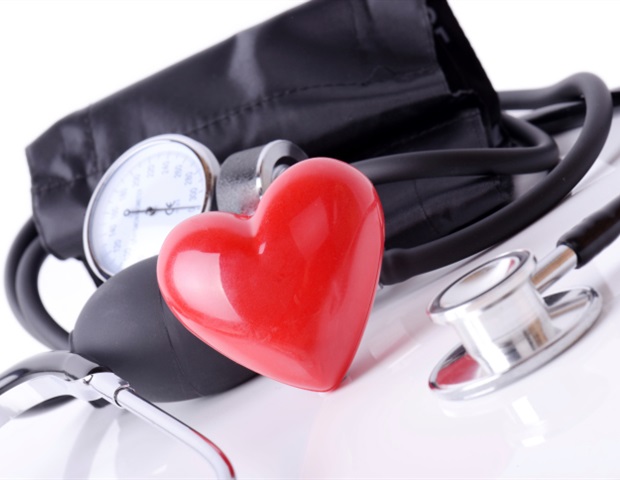
[ad_1]
Hypertension (high blood pressure) is the leading treatable cause of illness and death worldwide. Over a billion people are hypertensive, defined as having high blood pressure (BP) with a systolic level (the highest number) of at least 140 millimeters of mercury (mmHg) or a diastolic level (the highest number low) of 90 mmHg or more.
More than a quarter of all adults in Sweden suffer from hypertension. This condition increases the risk of several dangerous diseases, such as myocardial infarction (heart attack) and stroke, and of dying prematurely. For some categories of patients, the most beneficial BP levels for preventing myocardial infarction (MI) and stroke are uncertain.
In one of his thesis studies at the Sahlgrenska Academy at the University of Gothenburg, medical specialist Johan-Emil Bager studied the association between different levels of BP and the risk of MI or stroke in older patients with hypertension but no history of heart attack or stroke.
Less risk with lower blood pressure
The risk of myocardial infarction or stroke was found to be approximately 40% lower for patients with systolic blood pressure (SBP) less than 130 mmHg, compared to those with SBP between 130 and 139. In the latter group, 5.2 percent of patients experienced a heart attack or stroke during the follow-up period, compared with 3.4 percent of those in the group with lower SBP. The study included 5,041 older patients.
This pattern was repeated in another study, which examined the risk of hemorrhagic stroke (brain bleeding) at different blood pressure levels in 3,972 patients with atrial fibrillation, a common type of heart rhythm disorder. These patients were receiving treatment with anticoagulants, such as warfarin or Eliquis.
The study showed that patients with SBP ranging from 140 to 179 mmHg had an approximately twice the risk of hemorrhagic stroke compared to patients with SBP from 130 to 139 mmHg. In the group of patients with higher SBP, 1.4% had a hemorrhagic stroke during the follow-up period, compared with 0.7% of patients in the group with lower SBP.
Not enough treatment
In another study, including data on 259,753 patients, insufficient treatment in hypertensive patients emerged. Nine out of ten patients had poor BP control or high blood lipid (cholesterol) levels, or were smokers.
This means that the overwhelming majority of patients with high blood pressure are exposed to at least one significant and modifiable risk factor for cardiovascular disease and premature death.
Johan-Emil Bager, Sahlgrenska Academy, University of Gothenburg
He concludes that an unnecessarily high number of people in Sweden suffer from MI or stroke, or die prematurely, due to insufficiently treated hypertension.
“Healthcare professionals and patients with hypertension should aim higher when it comes to treating high blood pressure. The vast majority of hypertensive patients could reduce their risk of myocardial infarction and stroke by lowering their BP and blood lipids with more drugs or by making lifestyle changes.
The thesis studies were based on data from two registries: QregPV, a primary care registry in the Västra Götaland region (https://qregpv.registercentrum.se/), and the Swedish Primary Cardiovascular Care Database by Skaraborg. All data in these registers are collected by healthcare professionals in the Västra Götaland region as part of routine clinical practice.
Source link